前回と今回の記事で、行書の「起」を2種類紹介しています。今回はそのPart.2です。
ぜんかいとこんかいのきじで、ぎょうしょの「起(き)」をにしゅるいしょうかいしています。こんかいはそのパートツーです。
In the previous and this article, I’m introducing 2 types of 起(ki) in semi-cursive script. This time is the Part.2.
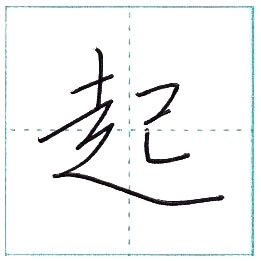
スポンサーリンク
単語例(たんごれい)
Word examples
起立 [きりつ ki ritsu] = standing up
起床 [きしょう ki shou] = rising, getting up
起承転結 [き しょう てん けつ ki shou ten ketsu] = typical four-part structure of Japanese story “introduction, development, turn and conclusion”
縁起が良い [えんぎが いい en gi ga i i] [えんぎが よい en gi ga yo i] = to bring good luck
縁起が悪い [えんぎが わるい en gi ga waru i] = to bring bad luck
北野天神縁起絵巻 [きたの てんじん えんぎ えまき kita no ten jin en gi e maki] = Illustrated Legends of the Kitano Tenjin Shrine ↓

(source) public domain of Wikimedia Commons
スポンサーリンク
書き順(かきじゅん)
Stroke order
1.
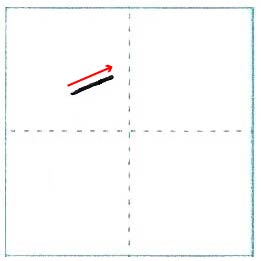
2.
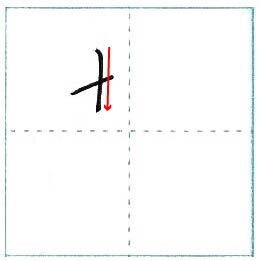
3. 次の線は、1画で書きます。
つぎのせんは、いっかくでかきます。
Write the next line with one stroke.
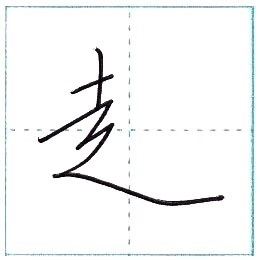
3-1.
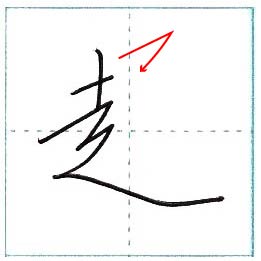
3-2.
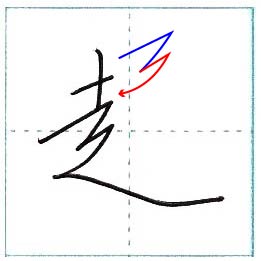
3-3.
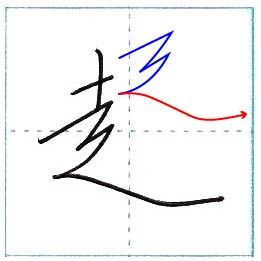
4.
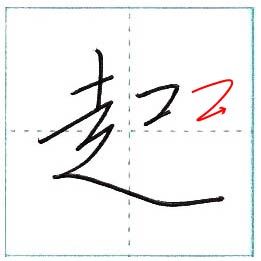
5.
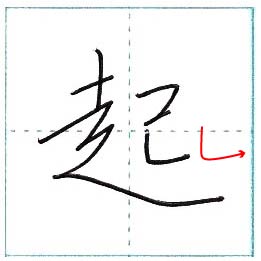
6. 完成(かんせい) Finish

公開日/post 2021.04.27
更新日/update 2021.04.27
スポンサーリンク
